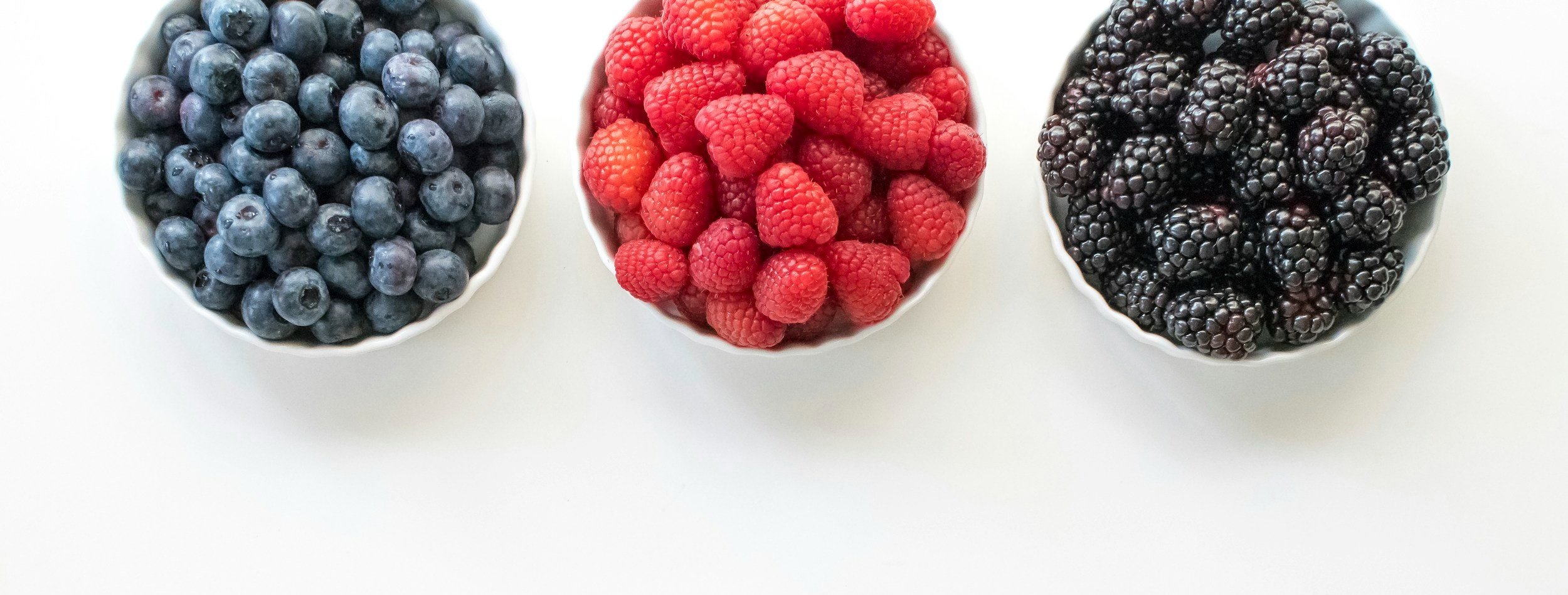As a practitioner that sees a lot of gut health issues, and conditions associated with it, it is likely that I will ask you go try going gluten free. I do this, not because I am trying to be the stereotypical Naturopath portrayed in movies, or because you are celiac, but because it can truly have a negative effect on some people’s health if there is a sensitivity. No, it doesn’t effect everyone, or at least everyone the same, but for those with a more chronic condition that they are seeking help with, it is a great place to start. There is research that shows gluten can increase zonulin in the gut, which I’ve spoken about before, which causes a more “leaky gut.” Gluten can cause different reactions, including the obvious bloating and cramping, to swelling, headaches and fatigue.
Gluten-What?
What the heck is gluten though? Gluten is the protein in certain grains, including wheat, spelt, kamut, rye and barley. It is what makes it stick together well. It is not in oats, millet, buckwheat, corn, rice, quinoa, sorghum. In years past, trying to find gluten free bread that didn’t crumble immediately was almost impossible! Luckily now there are so many great options to choose from. I am creating a guide for those patients of mine that need some guidance, but also all those out there wondering whether this is something they should try for their health. (Hint…if you are asking yourself that, you should probably try it!) Halifax has a few less options than bigger cities, so let me know if there are other favourites I may not know about.
My Gluten-free Tips
My number 1 tip for going gluten free is to not worry so much about replacing every type of gluten product you have. You can do a lot with a lettuce wrap, sweet potato, cauliflower or bed of rice. Try a burger on a lettuce wrap, or seasoned ground meat in romaine. Or even sloppy joes in a roasted sweet potato. You will end up buying less gluten free products and eating more whole foods :)
Bob’s Red Mill is my go-to for gluten free flours for baking. No more complicated recipes needed with a binding agent such as xanthum gum, since their blends are all ready to go and come out tasting great!
Eating out when you are gluten free has become easier as well (except for brunch…that’s still hard for me sometimes!). A lot of restaurants have gluten free options or substitutes so all you need to do is ask. A go to for me is just their meat/fish, potato and veggie dish. There is usually always something like that.
Favourite Gluten Free Products
Baking Flour: Bob’s Red Mill 1:1 Baking Flour - the best baking flour I find. It works so well for mostly anything you are baking. (blue bag better than red bag as you need to add the xanthum gum to the latter)
Oats: Regular oats - Unless you are celiac, you can use regular oat flakes. These are a go to for me for quick pre-made breakfasts and snacks. I love my oats!
Pasta: Cantelli or Barilla gluten free pastas are good grocery store brand options. GoGo Quinoa Pastas are sometimes available and a good option. Kids also tend to like the 100% legume pastas you can find now (eg. Chickapea pasta), which provide a good source of fibre. Be careful with this though if you are sensitive to beans or bloat with too much fibre.
Crackers: Blue Diamond Artisan Nut-Thins/Almond crackers, Mary’s crackers are great options as well as several options at Costco that are great. Breton even has gluten free crackers in the regular cracker section.
Bagel: O’Doughs Thins - Found at Superstore in the freezer section. They are delicious with a little peanut butter for a quick breakfast if you are craving more carbs (but not with the calories - bonus!). Their sandwich buns are pretty good as well. Little Northern Bakehouse has good bagels as well.
English Muffins: Glutino brand - I’m not a big english muffin gal but I’ve been told these are a go to for some people.
Bread: This one is a toss up depending on what you are looking for. Some options are - Little Northern Bakehouse Gluten Free bread is apparently really good, especially their Honey Oat Bread; Promise brand from Sobeys; Costco Gluten free bread (comes in a pack of 2 loafs); fresh bread at the market (look around, you may find a gem). Glutino and Udi’s are best for making stuffings etc, since they are still a bit crumbly.
Burger buns: O’Dough Hamburger Buns - I discovered these in the summer and I was very impressed! If you aren’t going for the lettuce bun, try these. There are many other options in the freezer sections.
Wraps: Superstore has its own wrap that is decent; Sobeys carries ones that aren’t frozen in the health food section. Some can get expensive so look around.
Pizza: Sabatassos Gluten-free Pizzas - Since I can’t eat dairy, these came highly recommended by a great source. Found at Costco and they are apparently amazing! Lots of other options now at your local grocery store.
There you have it, some great options for those of us that are gluten free! I promise it isn’t so bad. I love to cook and I’ve made out alright 😉
Any favourite products of yours I’m missing here? Let me know!
In health & happiness,
Dr. Karen





